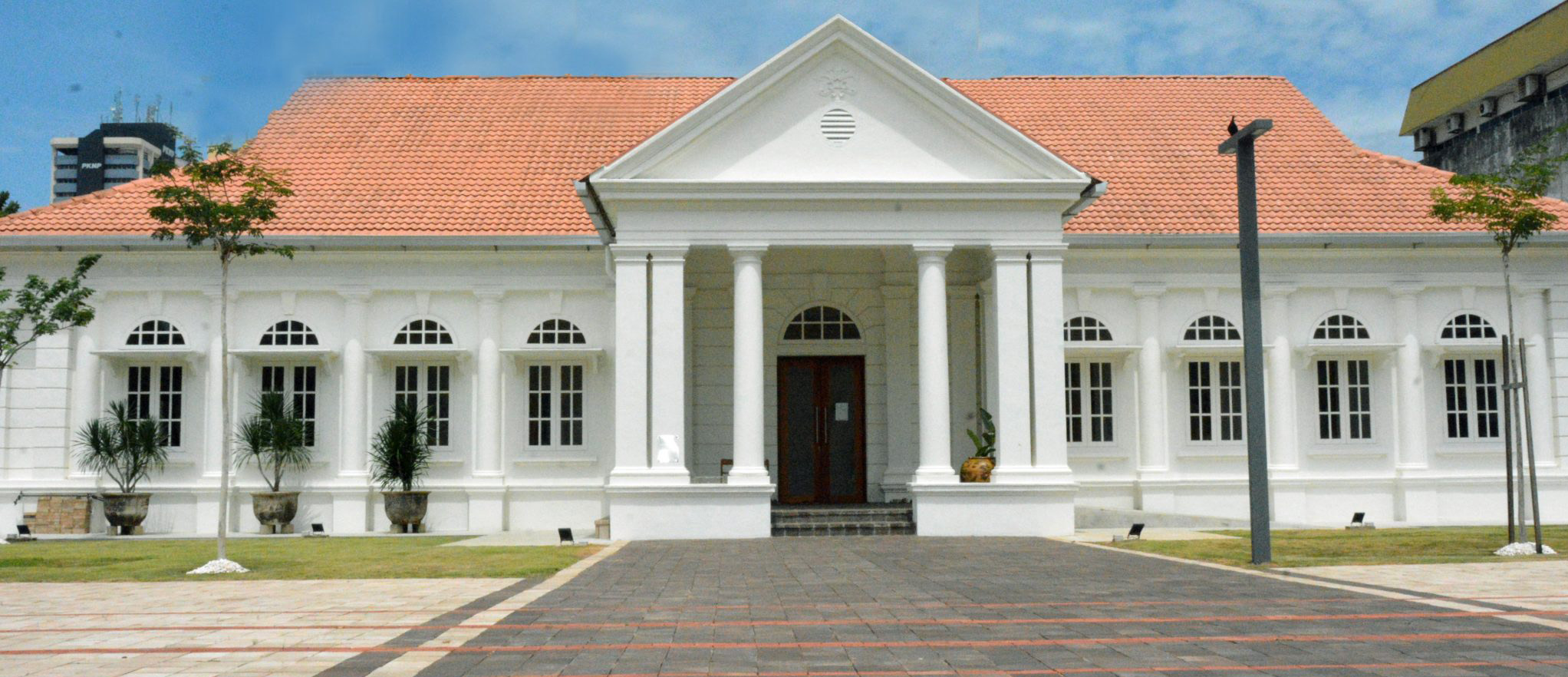The Umayyad Mosque of Damascus ; Art, Faith and Empire in Early Islam / Alain George
Language: English, Arabic Original language: Arabic Series: Gingko Library art seriesPublication details: London : Gingko, 2021Description: 261 pages : illustrations (some color), facsimiles, plans 30 cmISBN: 9781909942455Subject(s): Umayyad dynasty | Jāmiʻ al-Umawī al-Kabīr (Damascus, Syria) -- Pictorial works | Mosques -- Syria -- Damascus | Pictorial worksLOC classification: NA5989.7.D34| Item type | Current library | Call number | Status | Date due | Barcode |
|---|---|---|---|---|---|
 Books
Books
|
Perbadanan Muzium Negeri Pahang Open Shelf Collection | NA5989.7.D34 G46 2021 (Browse shelf (Opens below)) | Available | 0000001329 |
Includes bibliographical references (pages 246-256) and index
Introduction: A day in the life of Damascus -- Palimpsests in stone and layered texts: the multiple histories of the Umayyad Mosque -- Tangled memories: the temple, church, and first mosque -- The politics of buildings: the destruction of the Church and construction of the mosque -- Silenced and imagined pasts: the church in the fabric of the Umayyad Mosque -- A vast expanse of splendour: towards a reconstruction of the Umayyad Mosque -- 'Jewelled embellishments dazzle': the mosque and Umayyad aesthetics -- Appendix1: Three Umayyad poems about the Mosque of Damascus and the destruction of the church -- Appendix 2: The description of the Great Mosque of Damascus by al-Muqaddasī in the tenth century
The Umayyad Mosque of Damascus is one of the oldest continuously used religious sites in the world. The mosque we see today was built in 705 CE by the Umayyad caliph al-Walid on top of a fourth-century Christian church that had been erected over a temple of Jupiter. Incredibly, despite the recent war, the mosque has remained almost unscathed, but over the centuries has been continuously rebuilt after damage from earthquakes and fires. In this comprehensive biography of the Umayyad Mosque, Alain George explores a wide range of sources to excavate the dense layers of the mosque's history, also uncovering what the structure looked like when it was first built with its impressive marble and mosaic-clad walls. George incorporates a range of sources, including new information he found in three previously untranslated poems written at the time the mosque was built, as well as in descriptions left by medieval scholars. He also looks carefully at the many photographs and paintings made by nineteenth-century European travellers, particularly those who recorded the building before the catastrophic fire of 1893
Appendices in Arabic with parallel English translations


There are no comments on this title.